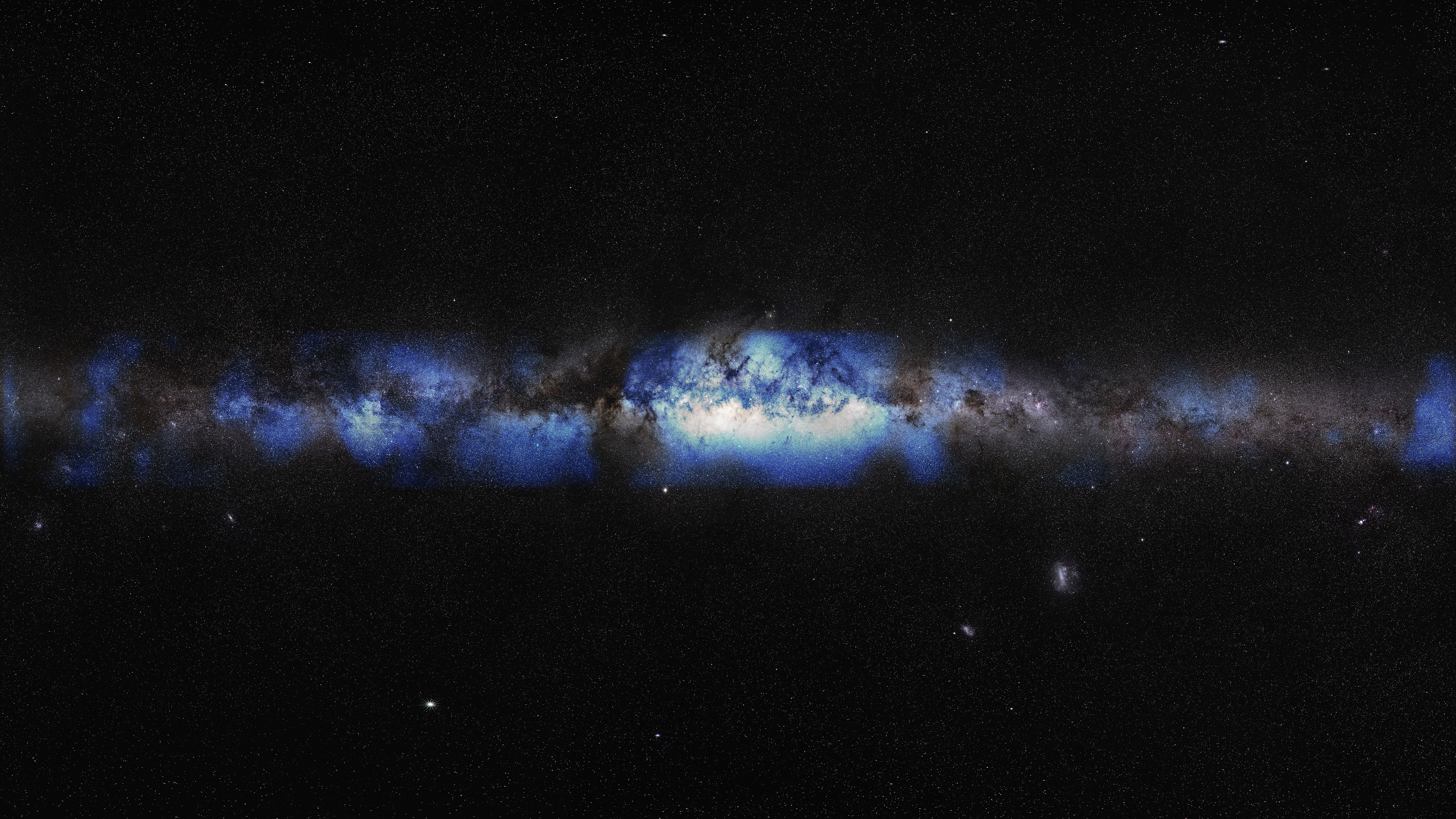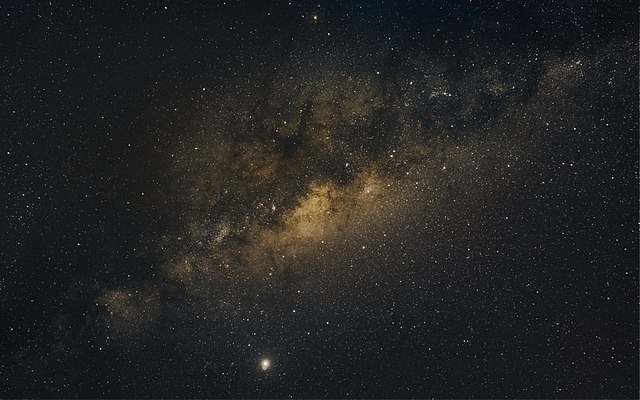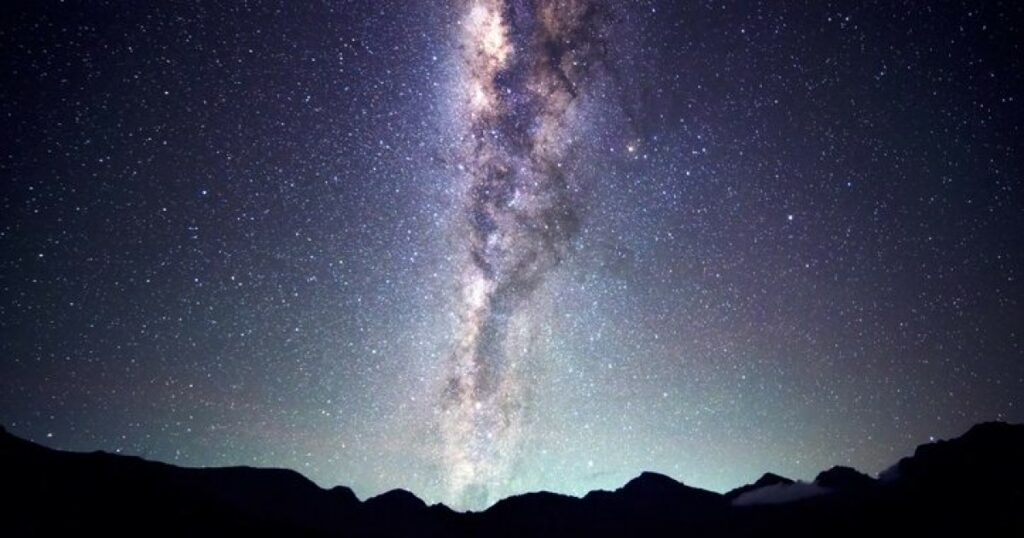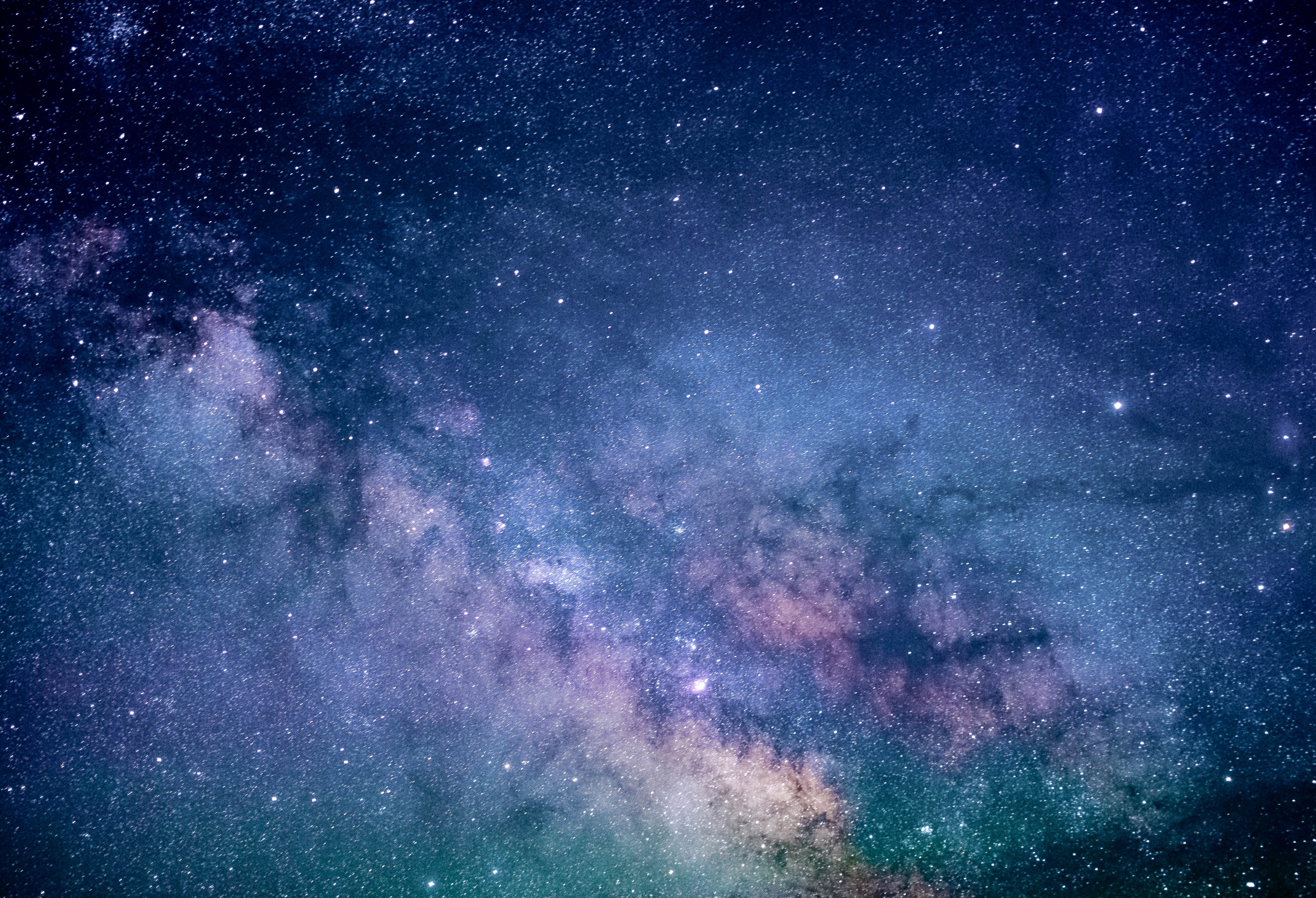Everyone is familiar with the famed swirly photos of our Milky Way galaxy, but now a team of experts has offered us a never-before-seen glimpse of the galaxy.
It’s been a century since astronomer Edwin Hubble discovered that the Milky Way wasn’t alone in space, and that there were actually millions of galaxies – implying that we’re merely a speck in the sand of our universe.
Since then, our home galaxy has piqued the interest of scientists, and now, astronomers have revealed it to us in a whole new light.
Last month, the researchers unveiled a new photograph of the Milky Way that you’re unlikely to recognize.
This is because the image was obtained using neutrinos, often known as “ghost particles.”
Because the particles are extremely difficult to detect from Earth, scientists transformed a big chunk of Antarctic ice into a detector to detect them.
The detector, dubbed IceCube, is made up of hundreds of sensors strung along huge cables drilled and frozen into a 1km block of ice.

“This is the first time we’re seeing our Galaxy using particles rather than photons [of light],” University of Oxford Prof Subir Sarkar told the BBC.
“The neutrino is a ghostly particle; it’s basically almost without mass,” he noted.
“They’re essentially traveling at the speed of light and may pass through the Galaxy without colliding with anything.” That is why a huge detector is required to detect them.”
The bright spots visible in the snap are the places from which the ghost particles are emitted, and these, interestingly, differ from visible lightwaves.
“What’s intriguing is that, unlike light of any wavelength, in neutrinos, the universe outshines the nearby sources in our own galaxy,” said Francis Halzen, a physicist at the University of Wisconsin-Madison and principle investigator at IceCube.

“As is so often the case, significant breakthroughs in science are enabled by technological advances,” said Denise Caldwell, director of The National Science Foundation’s Physics Division. The capabilities of the incredibly sensitive IceCube detector, along with new data analysis methods, have supplied us with a totally new vision of our galaxy, one that had previously only been hinted at.
“As these capabilities are refined, we can expect to see this picture emerge with ever-increasing resolution, potentially revealing hidden features of our galaxy never seen by humanity before.”

The groundbreaking discovery was published in the journal Science, opening up a whole new window of study for our little corner of space, with scientists intending to spend the next five to 10 years seeking to answer what ‘we can finally ask’.
Download The Radiant App To Start Watching!
Web: Watch Now
LGTV™: Download
ROKU™: Download
XBox™: Download
Samsung TV™: Download
Amazon Fire TV™: Download
Android TV™: Download

